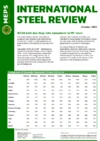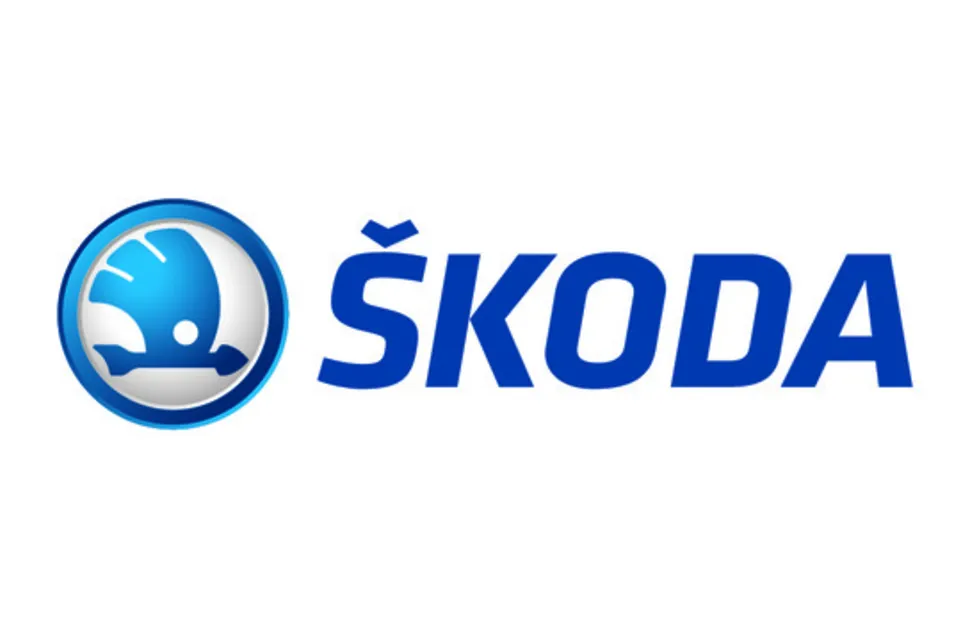Rebar imports slump amid US tariffs threat
A tightening of United States trade legislation has the potential to largely eliminate rebar imports from the country’s supply chain, according to MEPS analysis.
During January’s research for MEPS International’s International Steel Review, US steel market participants reported that imported rebar already held little appeal for domestic buyers. The 25% import tariffs applied by existing Section 232 legislation – implemented during President Donald Trump’s first term in office – reduced the competitiveness of traditional exporters. The relatively low price of domestically sourced rebar has further undermined the appeal of imports. MEPS’s US rebar price ended 2024 15.9% lower than it began.
MEPS International steel market analyst, Chris Jackson, said: “For much of 2024 US reinforcing bar buyers favoured domestic supply at the expense of foreign-based suppliers, as traditional exporters offered little price advantage.
“Consequently, imports currently make up a small proportion of total US rebar consumption and, if further trade legislation is imposed, then import volumes will fall even further.”
Shrinking US import opportunities
Data from the US Commerce Department – including licence data for December – indicated that carbon and alloy rebar import volumes fell by 25.1% in the second half of 2024, compared with the January to June period. Significant reductions were noted for imports from Turkey (down 75.3%), Egypt (down 72.8%) and Algeria (down 51.1%).
Increased trade legislation is likely to put import volumes under further threat.
President Trump is expected to act on his repeated threats to introduce new tariff legislation, possible as soon as February 1. Tariffs are designed to protect the domestic market, by ‘levelling the playing field’ with low-priced overseas competition.
There are signs that domestic steel buyers are already paying more for their material as the high likelihood of new tariffs – in combination with rising January scrap costs – applies upward pressure to prices. Recent price rises, prompted by Nucor's USD30 per short ton list price increase in mid-January, started to gain traction this month.
This is good news for steelmakers attempting to improve their narrow profit margins. However, the impact of tariff legislation – in addition to existing trade petitions – could be bring negative consequences in the longer term.
Trade defence presents inflation risk
If widespread tariffs are introduced, domestic consumers are likely to see the prices of all goods and services rise. US inflation rose by 0.2 percentage points, to 2.9%, in December. If inflationary pressures persist for longer than anticipated, the Federal Reserve will be reluctant to lower interest rates as quickly as previously forecast.
In recent years, the elevated cost of borrowing has weighed heavily on activity in the construction sector, a key consumer of rebar. Housing starts decreased by 4.4% year-on-year in December 2024, according to the latest US Census Bureau data.
MEPS’s US research respondents involved in the trade of rebar predict that demand will exceed that of 2024 in the coming year. Producers will be quietly confident of securing price increases as a result of the uncertainty surrounding imports. However, an oversupply situation – the result of high levels of domestic production and subdued steel demand – currently persists. This will continue to threaten hopes of a price recovery.
- Insight from the United States steel market is included in MEPS's International Steel Review. The monthly publication provides steel prices, price indices, market commentaries and six-month price forecasts from the US, Canada, China, Japan, South Korea and Taiwan, as well as seven European steelmaking states. Contact MEPS for subscription details.

Source:
International Steel Review
The MEPS International Steel Review is an essential monthly publication, offering professional analysis and insight into carbon steel prices around the world.
Go to productRequest a free publication





